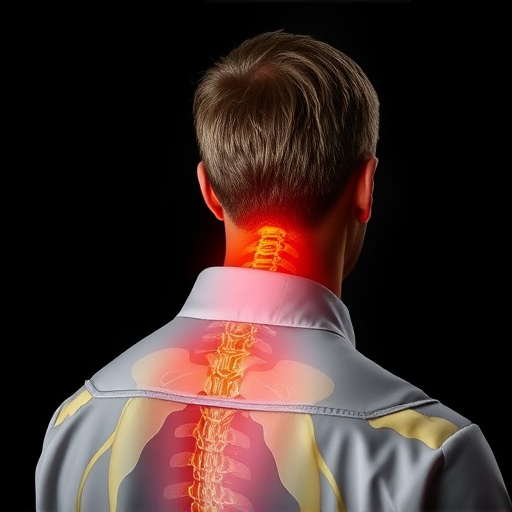Material degradation resistance is crucial for ensuring the long-term performance and reliability of intake systems. Through intake system longevity comparison testing, engineers can identify materials that excel in harsh conditions, simulating real-world scenarios to make data-driven decisions. This method has revealed significant differences in lifespan among various materials, guiding material selection, design enhancements, and development of more robust and sustainable intake systems. Rigorous testing between traditional and resistant materials shows substantial advantages, promising future advancements that drive industries towards sustainable and efficient technologies.
“Material degradation resistance is a critical factor in ensuring the durability and performance of various industries’ key components. This article explores the fundamental concepts behind this resilient property, focusing on its role in enhancing intake systems’ longevity. We present an in-depth analysis of ‘intake system longevity comparison testing,’ examining methods to evaluate material endurance under stress. Through this study, we uncover practical applications and future prospects, highlighting the significance of degradation resistance in modern engineering, especially within automotive and aerospace sectors.”
- Understanding Material Degradation Resistance: The Basics
- Intake System Longevity Comparison Testing: Methodology and Findings
- Practical Applications and Future Perspectives of Material Degradation Resistance
Understanding Material Degradation Resistance: The Basics

Material degradation resistance is a crucial factor in determining the intake system’s longevity and performance over time. It refers to a material’s ability to withstand various environmental factors, such as heat, moisture, and chemical exposure, without experiencing significant deterioration or loss of functionality. Understanding this concept involves grasping how different materials respond to these challenges, which can vary greatly depending on their composition, structure, and surface treatments.
In the context of intake systems, resistance to degradation is essential because these components are often exposed to harsh operating conditions, including high temperatures, direct sunlight, and the constant intake of air and other elements. Through comprehensive testing and comparison studies, engineers can identify materials that offer superior durability, ensuring optimal system performance for years to come. This involves rigorous testing protocols, simulating real-world scenarios, and analyzing the results to make informed decisions about material selection for improved intake system longevity.
Intake System Longevity Comparison Testing: Methodology and Findings

In the realm of material degradation resistance, intake system longevity comparison testing serves as a pivotal metric for gauging the durability and performance of various materials under sustained use. This rigorous testing protocol involves subjecting intake systems to controlled environmental conditions, simulated operational stresses, and accelerated aging processes. Researchers then meticulously evaluate the resulting degradation, comparing material performance across different formulations and processing techniques.
The methodology employs a multi-faceted approach, encompassing laboratory experiments, field trials, and advanced data analytics. By simulating real-world conditions, researchers can identify vulnerabilities, assess long-term sustainability, and pinpoint areas for improvement. Findings from these tests have demonstrated significant variations in intake system longevity among competing materials. This knowledge is instrumental in guiding material selection, design optimization, and the development of more resilient, durable intake systems.
Practical Applications and Future Perspectives of Material Degradation Resistance

In practical applications, material degradation resistance is a game-changer across various industries. From automotive to aerospace, enhancing the durability of materials directly translates to extended intake system longevity and reduced maintenance costs. This is evident in engine components where resistant materials can withstand harsh conditions, preventing premature failure and ensuring optimal performance. Comparisons between traditional and resistant materials through rigorous testing have shown significant advantages, highlighting the potential for cost-effective and efficient solutions.
Looking ahead, future perspectives of material degradation resistance are promising, especially with advancements in material science. Researchers are exploring innovative compounds and treatments that can further boost resistance against environmental factors. The ultimate goal is to develop materials that not only meet but exceed industry standards, ensuring longevity and reliability across diverse applications. This continuous pursuit of enhancement drives industries forward, paving the way for more sustainable and efficient technologies.
Material degradation resistance plays a pivotal role in ensuring the durability and performance of various materials, especially in demanding applications like automotive intake systems. As demonstrated through rigorous intake system longevity comparison testing, understanding and enhancing this resistance can significantly extend component lifespans. With ongoing advancements in material science and manufacturing techniques, the future prospects for practical applications look promising, offering improved efficiency, reduced maintenance, and enhanced environmental sustainability.














